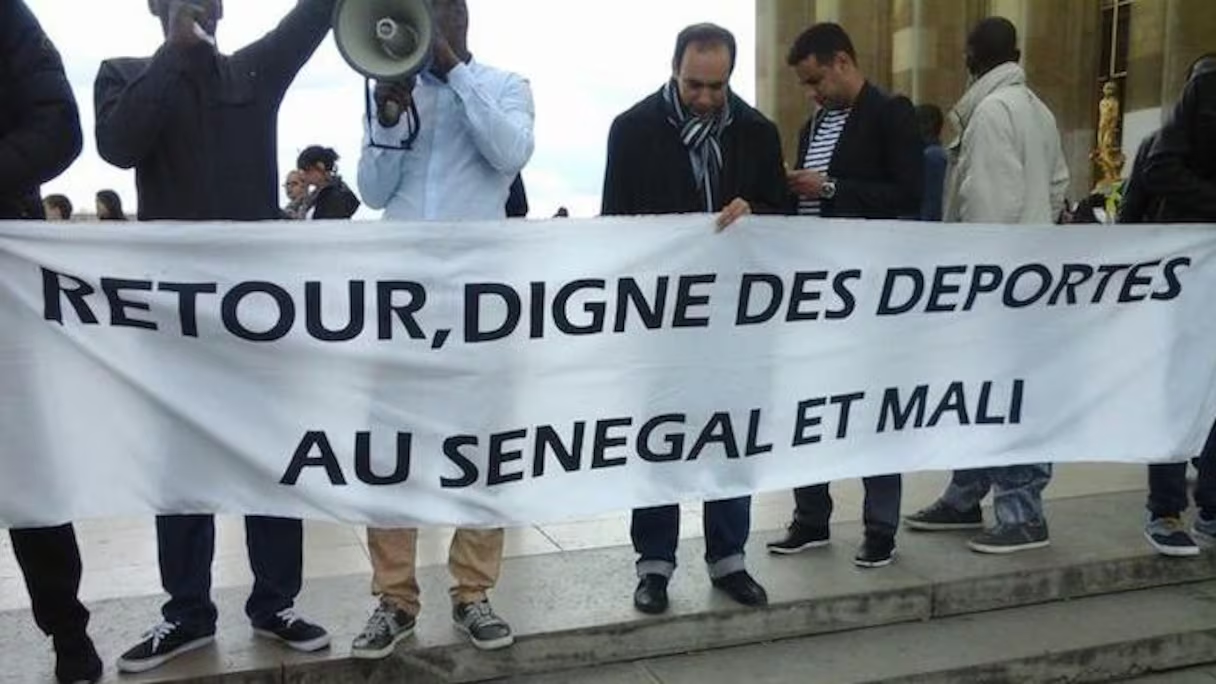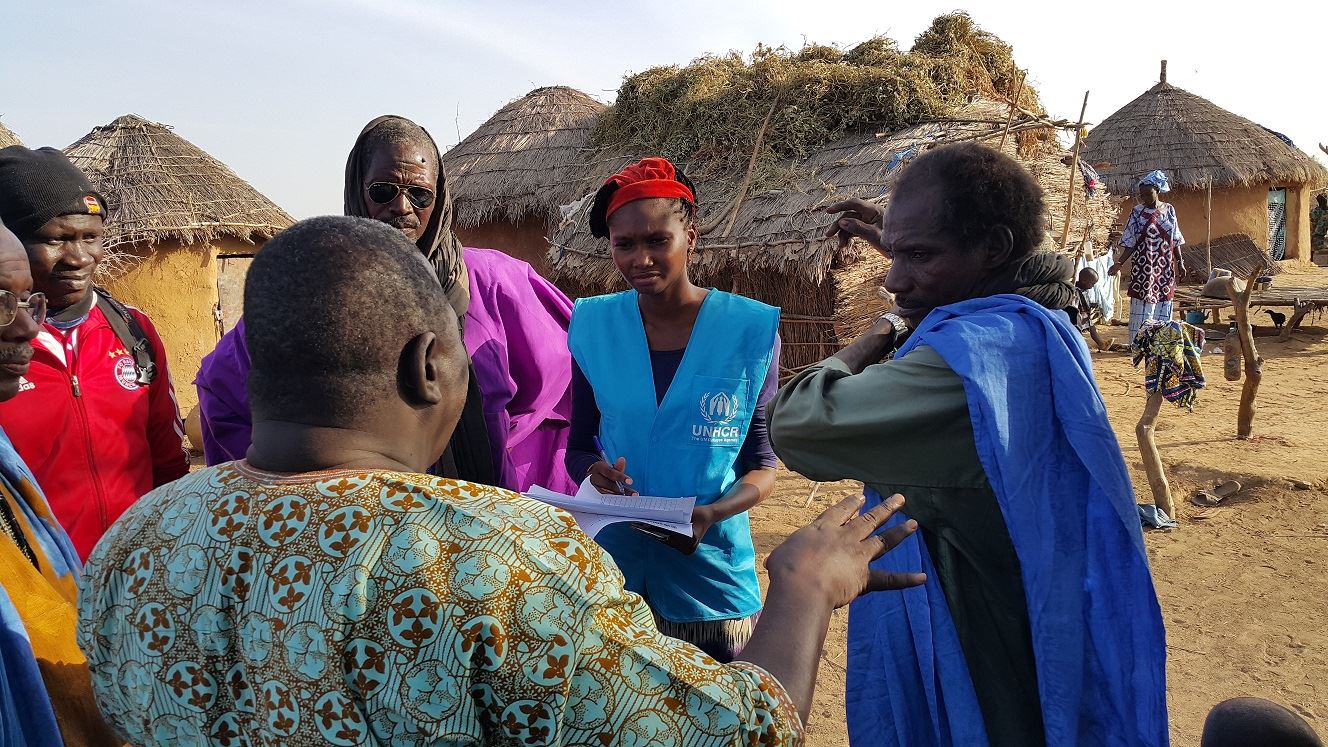1989: The Trigger for Mass Displacement
In April 1989, tensions along the Senegal-Mauritania border escalated into violence following a grazing dispute between herders and farmers. The Mauritanian government exploited the incident to justify mass expulsions targeting Black Mauritanians, primarily from the Halpulaar, Soninke, and Wolof communities. These expulsions were accompanied by widespread violence, including house burnings, beatings, and extrajudicial executions, forcing tens of thousands of Black Mauritanians to flee to Senegal and Mali. Entire villages in the Senegal River Valley were emptied, leaving behind rich agricultural lands that were soon expropriated by the government.
As the expulsions reached their height in 1989-1990, an estimated 60,000 Black Mauritanians were forced into exile in Senegal and Mali. The fertile lands they left behind—among the most agriculturally productive in Mauritania—were swiftly seized by the government. The 1983 land reform law provided a legal framework for this expropriation, favoring Beidane (Arab-Berber) elites and rendering Black Mauritanians landless.
A displaced farmer in 1990 described the systemic nature of this dispossession:
“The government takes the land away from the Blacks to give to white Moors, who then ask Haratines to work the land. The white Moor gets all the benefits, and the former owner is left with nothing.”
This era of land seizures was marked by what Mauritanians refer to as “l’esclavage foncier” (land slavery), where Black Mauritanians were sometimes coerced into working on their own expropriated lands under exploitative conditions. In many cases, displaced families lost not only their homes but also their generational connection to ancestral lands.
1990-1991: Forced Displacement State Violence
While the expulsions continued, the Mauritanian government initiated a brutal campaign against Black soldiers and civil servants under the pretext of a fabricated coup plot. Arbitrary arrests and extrajudicial killings intensified, with 3,000 Black Mauritanians detained and at least 500 to 600 summarily executed. The same period saw the systematic disarmament of Black Mauritanian soldiers and their exclusion from positions of influence, ensuring no resistance to the regime’s policies.
The state-sponsored violence compounded the displacement crisis. Refugees in Senegal and Mali, stripped of their citizenship and property, were effectively rendered stateless. In Mauritania, the fertile Senegal River Valley became increasingly dominated by Beidane elites, further marginalizing Black communities.
2008: Repatriation Efforts Begin
Almost two decades after the expulsions, the governments of Mauritania and Senegal, with support from the UNHCR, initiated a repatriation program in 2008. However, the process faced significant obstacles. Returnees were often denied access to their original lands, which had long been redistributed to others. Many faced bureaucratic hurdles in obtaining national identity cards, a prerequisite for accessing basic rights such as voting, education, healthcare, and land ownership.
The displaced populations—now spanning multiple generations—found themselves trapped in a legal and social limbo. Without citizenship documentation, they remained effectively stateless, unable to reclaim their homes, lands, or place in Mauritanian society.
“There is no room for legal hair-splitting when it comes to the humane treatment of detainees – not in a nation founded on the rule of law and respect for human rights”
Dick Durbin
2011: The Biometric Census
In 2011, Mauritania launched a nationwide biometric census to register citizens and finalize electoral rolls. While ostensibly aimed at modernizing the identification system, the process disproportionately affected Black Mauritanians and Haratines. Many lacked the required documentation, such as marriage certificates or national ID cards for their parents, to complete the registration process.
The UN Special Rapporteur on Racism noted in 2013 that these requirements excluded many Black Mauritanians, particularly those displaced during the 1989-1990 expulsions. The lack of civil documentation also impacted those from rural areas, where birth and marriage records were often unavailable. The census further entrenched systemic discrimination, ensuring that large numbers of Black Mauritanians remained marginalized and unable to exercise their rights.

1989-2023: Displacement and Land Expropriation
The forced expulsions and land expropriations of 1989-1990 have left a lasting scar on Mauritania’s Black communities. Refugees who fled to Senegal and Mali during this period remain in precarious conditions, with many unable to return due to the loss of their lands and citizenship rights. For those who did return, the challenges of reclaiming their property and integrating into Mauritania’s socio-political fabric have been insurmountable.
Land expropriations have consolidated Beidane dominance over the fertile Senegal River Valley, depriving Black Mauritanians of their economic base. Combined with restrictive policies like the biometric census and discriminatory civil documentation requirements, these events have created a multi-generational cycle of exclusion and marginalization.
A Legacy of Dispossession and Marginalization
The timeline of events from 1989 to the present reveals a calculated campaign to dispossess and marginalize Mauritania’s Black communities. The expulsions, land expropriations, and systemic denial of citizenship rights were not isolated incidents but part of a broader policy aimed at consolidating power among the Beidane elite. Addressing this legacy requires urgent reforms, including the restitution of lands, the repeal of discriminatory laws, and the establishment of inclusive citizenship policies that ensure the full reintegration of displaced Black Mauritanians into their homeland. Without these steps, the injustices of 1989-1990 will continue to define Mauritania’s social and







